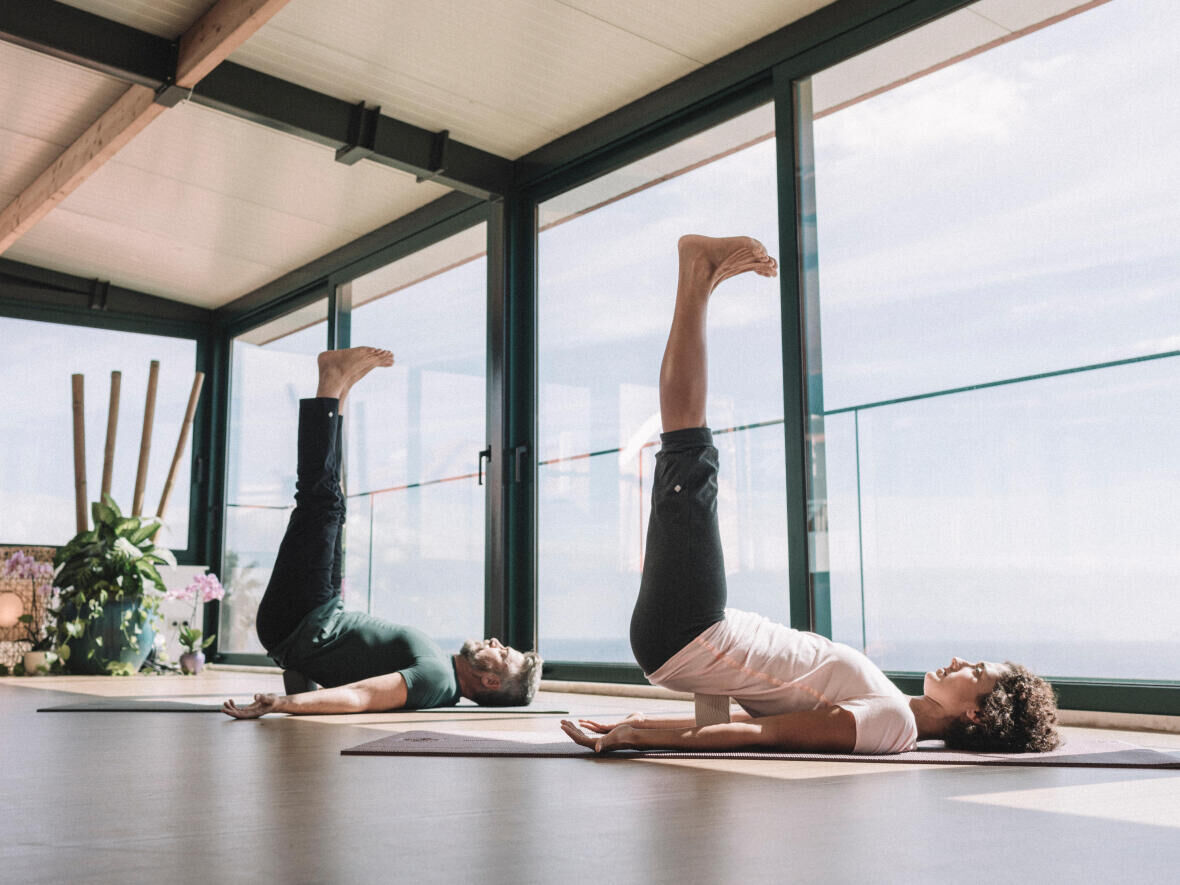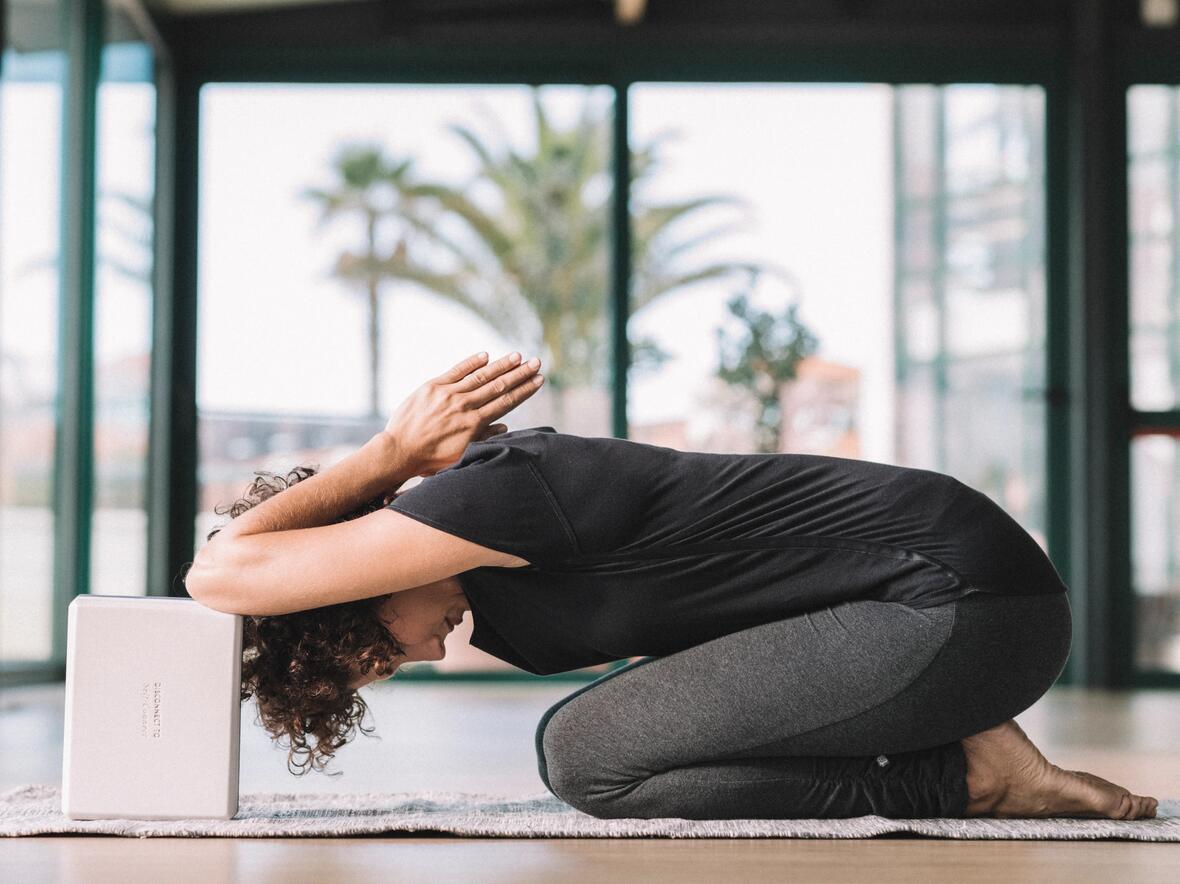Take a deep breath—a good, deep breath—and let it out. If you’re feeling a little lighter, you’re not imagining it. Mental health professionals and yogis alike will recommend deep breathing because of all the amazing ways it can benefit your mental health, not just your respiratory system.We take more than eight million breaths per year—why is it so hard to get a deep one? And just what is a deep breath? Learn more about why you should try deep breathing and how to do it.
Types of Breath
You take breaths every moment of the day, but you may not know that there are different types of breathing. In fact, there are four!
Here are the four types of breathing:1
- Eupne: This is probably the type of breathing you are doing right now as you are reading this. This is the breathing that occurs when you are not thinking about breathing. Also known as “quiet breathing,” both the diaphragm and external intercostal muscles must contract.
- Diaphragmatic breathing: Also known as deep breathing, the diaphragm muscle must contract in this type of respiration. As the muscle contracts, breath passively leaves the lungs.
- Costal breathing: This type of breathing, also known as “shallow breathing” uses your intercostal muscles, the muscles between your ribs. As these muscles relax, the air leaves your lungs. If you are stressed, you may be doing this type of breathing right now (or even unconsciously holding your breath).
- Hyperpne: Also known as forced breathing, both inhalation and exhalation are active, rather than passive, due to muscle contractions.
Deep Breathing Benefits
There are reasons for each of these types of breathing, but deep breathing is the heavy hitter, with myriad health benefits.2
What Deep Breathing Can Help
- Anxiety
- Depression
- Managing stress
- Improving focus
- Better sleep
- Faster recovery from exercise or exertion
Why Deep Breathing Helps
You may be wondering why “just” breathing can be so powerful. Slow breathing activates the parasympathetic nervous system,3also called the “rest and digest” system. Its job is to conserve energy to be used for bodily processes such as digestion and urination.
Deep breathing also activates the vagus nerve, which is like the boss of the parasympathetic4 nervous system, overseeing things like mood, digestion, and heart rate. It will also send more oxygen to your brain and other organs.5
Take a minute and check in with yourself before you start a deep breathing exercise to see how you feel, and then compare it with how you feel afterward.
If you find yourself feeling lightheaded after deep breathing, you may want to stop. The feeling should pass quickly after you stop. (If you continue to feel lightheaded, call your doctor.) Also, if you are dealing with anxiety, it may, sometimes, make it worse.
How to Do Deep Breathing
There are many different ways or exercises, but here are a few. An added benefit is that they are all repetitive in nature, which will also help you reach a meditative state.
If you already have asthma or any other issues with breathing, be sure to check with your doctor before beginning any deep breathing exercises.
Diaphragmatic Breathing
If you’re not familiar with the diaphragm, it’s a small muscle right below your lungs. If you’re breathing “correctly,” it will contract and move downward so that your lungs can expand to take in fresh air. Upon exhalation, the opposite happens; it relaxes and slides further up your chest cavity.
To engage in diaphragmatic breathing:
- Begin with one hand over your heart and one hand over your belly.
- Breathe in through your nose and let the air fill your belly. Keep your hands on your heart and belly and observe how the one on your belly moves while the one on your heart should stay the same.
- Draw your navel in towards your spine as you exhale as if you were blowing out birthday candles.
- Feel as the hand on your belly slides down to its original position.
- Repeat this three to five times to start, noting how you feel after each time.
4-7-8 Breathing
With this kind of breathing, you will breathe in for four seconds, hold your breath for seven, and exhale for eight:
- Start with one hand on your heart and one hand on your belly as in the diaphragmatic breathing exercise.
- Take one, deep slow breath from your belly as you feel your diaphragm slide down. Count to four as you breathe in.
- At the top, hold your breath as you count to seven.
- Exhale through your mouth, emptying your lungs completely, for eight counts.
- Repeat three to five times, or until you feel calmer.
Tips and Tricks
Below are some tips and tricks to try as you practice deep breathing techniques.
Make Time for Deep Breathing
It may sound silly to you to set an alarm or timer to breathe, but it can help you ensure that you are getting these great deep breathing benefits regularly.
Instead of rolling over and grabbing your phone when your alarm goes off, try for a few rounds of these breathing exercises.
Do It Prior to and During High-Stress Situations
The best part about breathing for relaxation is that nobody needs to know you’re doing it, so you can do it any time, anywhere.
You probably have places or situations that you know are likely to stress you out—like standing in line at the grocery store or getting stuck in traffic. Take a minute to treat your brain to that sweet, sweet oxygen before the situation escalates.
Apps for Deep Breathing
If you’re the kind of person that doesn’t want to have to remember these techniques and likes to be led, there’s an app for that.
iBreathe
As you might guess, the app iBreathe is all about breathing. It offers you several pre-programmed exercises, an option to customize your own and the ability to send you reminders.
Breathe+ Simple Breath Trainer
If you are a person who has trouble focusing when deep breathing, you will enjoy Breathe+ Simple Breath Trainer. It syncs with your breathing so you can see beautiful visualizations that correspond with your breath.
Apple Watch Breathe
If you have an Apple Watch, you already have access to a built-in breathing app, literally called Breathe. The app will check in with you and prompt you to take a one-minute breathing break, guiding you when to inhale and when to exhale.
A Word From Verywell
Deep breathing can benefit many people, but it is only one tool in your mental health toolbox. If you're not getting the deep breathing benefits you'd hoped for, don't be discouraged. If your anxiety remains severe or gets worse, consider talking to a mental health professional.
Source:
By Theodora Blanchfield Published on November 09, 2021[Verywellmind]




